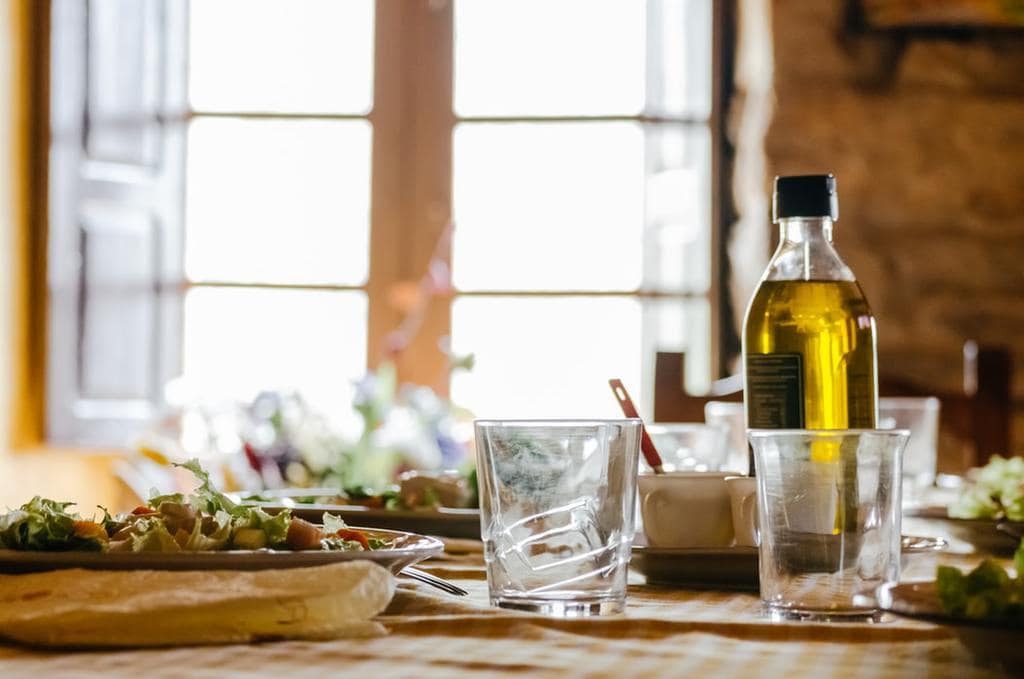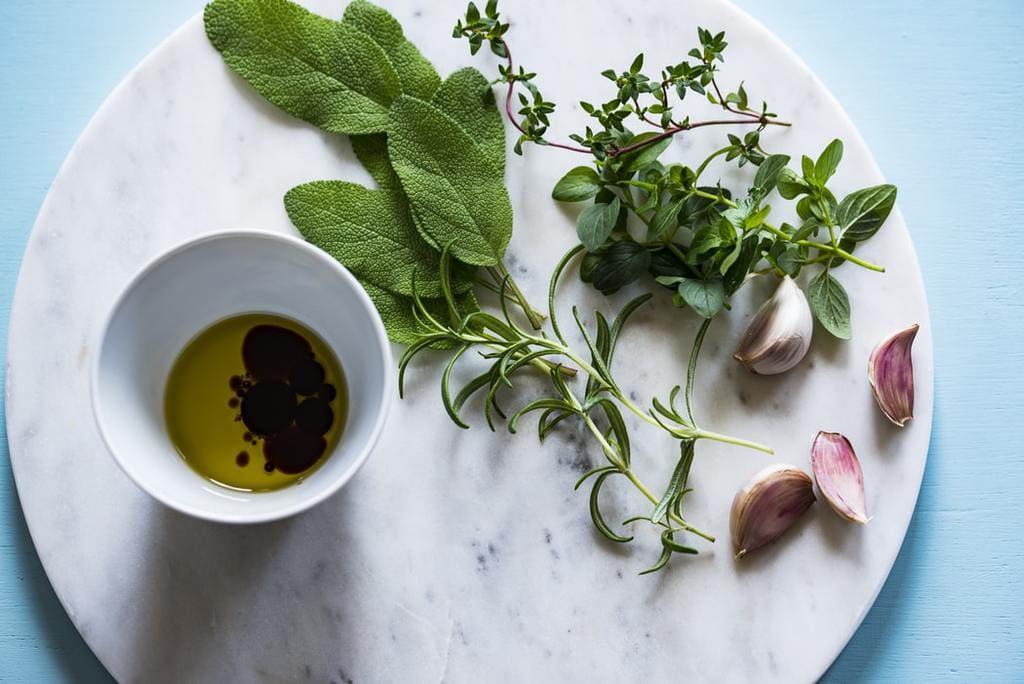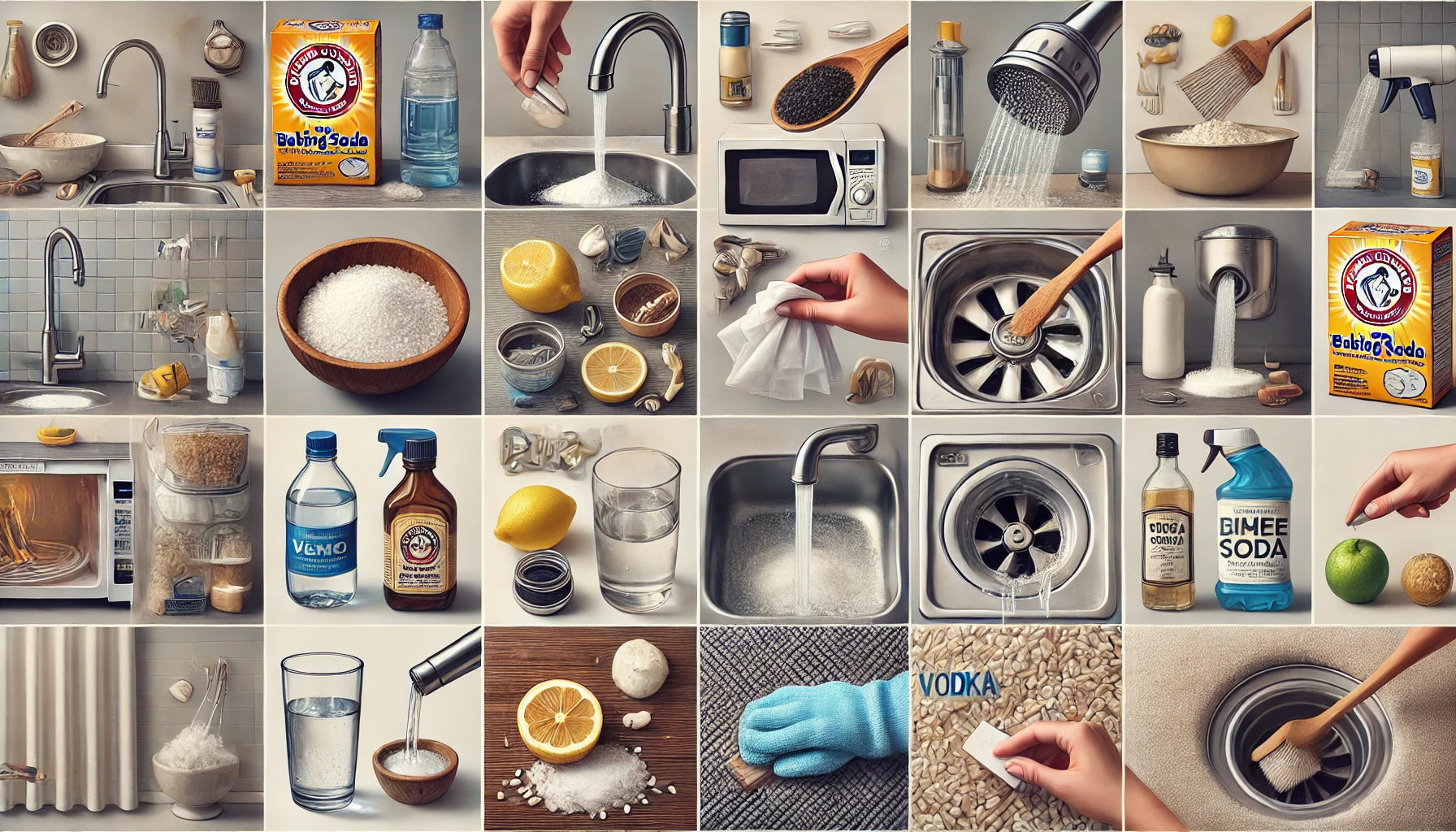Olive oil is one of those kitchen essentials that anyone who is remotely serious about cooking cannot live without. There isn’t a more versatile, healthier, and tastier option available that ticks all of the cooking boxes. So, olive oil is olive oil, right? Well, no. Sorry to be the bearer of bad news, but not all olive oils are created equal. But top-quality olive oils can be extremely expensive, how are we able to sift through the bottles and find the perfect balance of quality to cost? We have done the heavy lifting for you and asked the professionals for pointers on how to choose the best olive oil for your kitchen.

Harvest date
Olive oil doesn’t age like a fine wine. Once the oil hits the one year mark, it starts moving downhill and can become rancid soon after the sell-by date. Check the back of the bottle for a harvest date that is no more than six months old. If the bottle doesn’t have a harvest date, it’s not even worth considering. Put it down and move on.
The packaging
When we talk about packaging, we are not referring to how pretty it looks. The packaging should allow as little sunlight as possible to get to the oil. A dark tinted bottle or even a bottle encased in a box are good options to look for when considering an olive oil. Check the packaging for any signs of leakage. If oil can escape, air can get in. Proper storage of the bottle at home is so important for getting the longest life out of the oil. Always keep it out of the sun and put the lid back on when it’s not in use. Sun and air are an olive oil’s biggest enemies.
Oil extraction method
When it comes to olive oil, nothing can beat a cold-pressed extra refined bottle. This means that only mechanical means were used to get the oil from the olives. Other methods that use heat will lower the oil quality. There are many websites out there that have told us in the past that extra virgin oil is not stable enough for cooking. This has been thoroughly tested and proven to be incorrect. Extra virgin oil is 100 percent suitable for cooking and is the healthiest option as it is loaded with polyphenols, antioxidants, and low acidity levels.

Taste
Unfortunately, the only way to truly know a good oil for sure is to taste it. While the local grocery store won’t take kindly to a customer taking a swig from each bottle on the shelf, there are specialty stores out there that will have sample bottles available for oil savvy customers to try out the goods. A top-end extra virgin olive oil should be green in color with a robust flavor that is grassy, a little bitter, sometimes fruity, and sometimes even a little peppery. The peppery taste is good because it indicates high levels of polyphenols. Steer clear of oils that have lost the green color and turning towards yellow or even orange. An oil has turned rancid if it smells like off nuts or has a sour taste. Rancid olive oil is rather unpleasant and is quite easily noticed.
Ultimately, it’s all down to what taste your palette prefers. If you don’t love it, don’t buy it.










